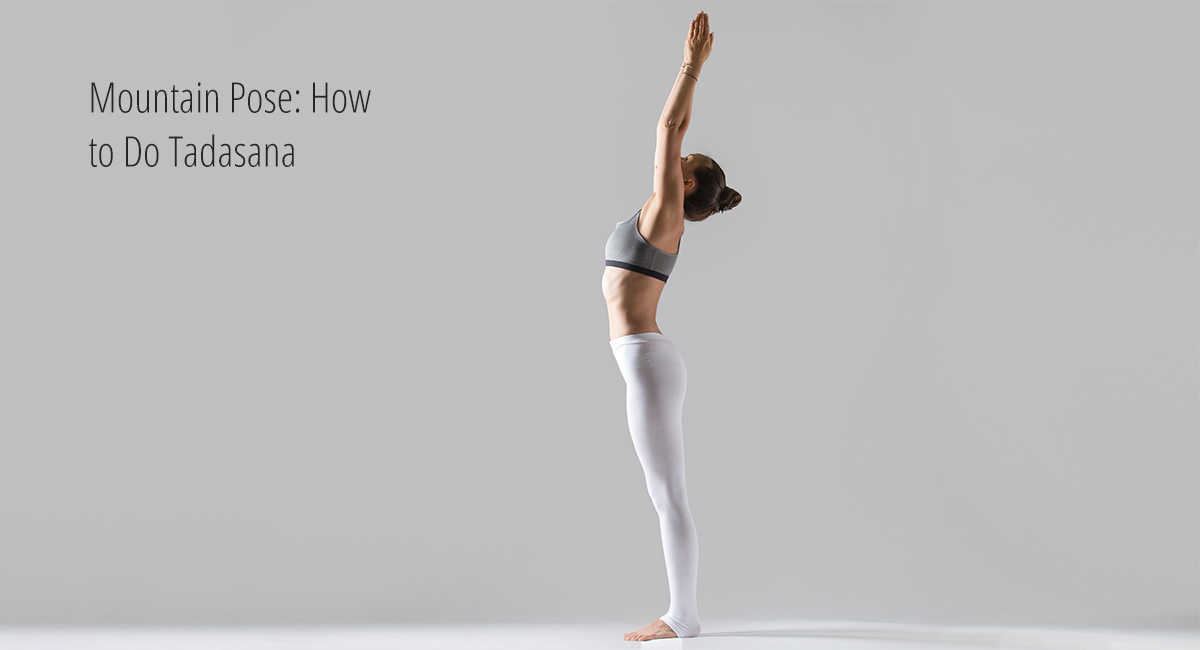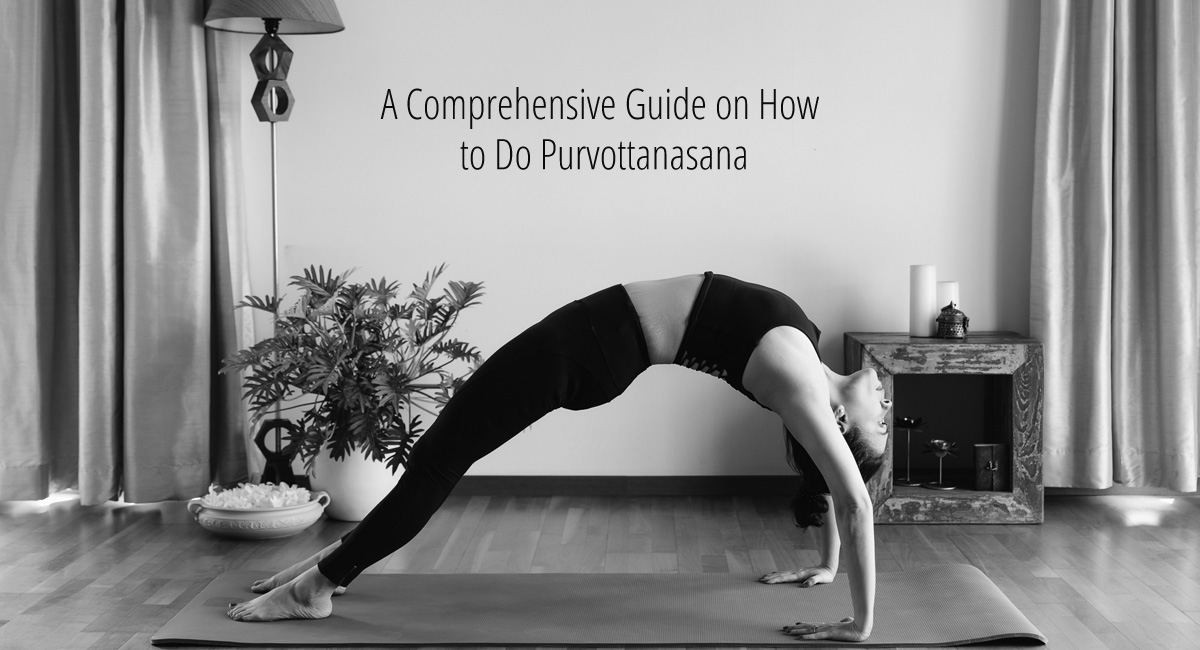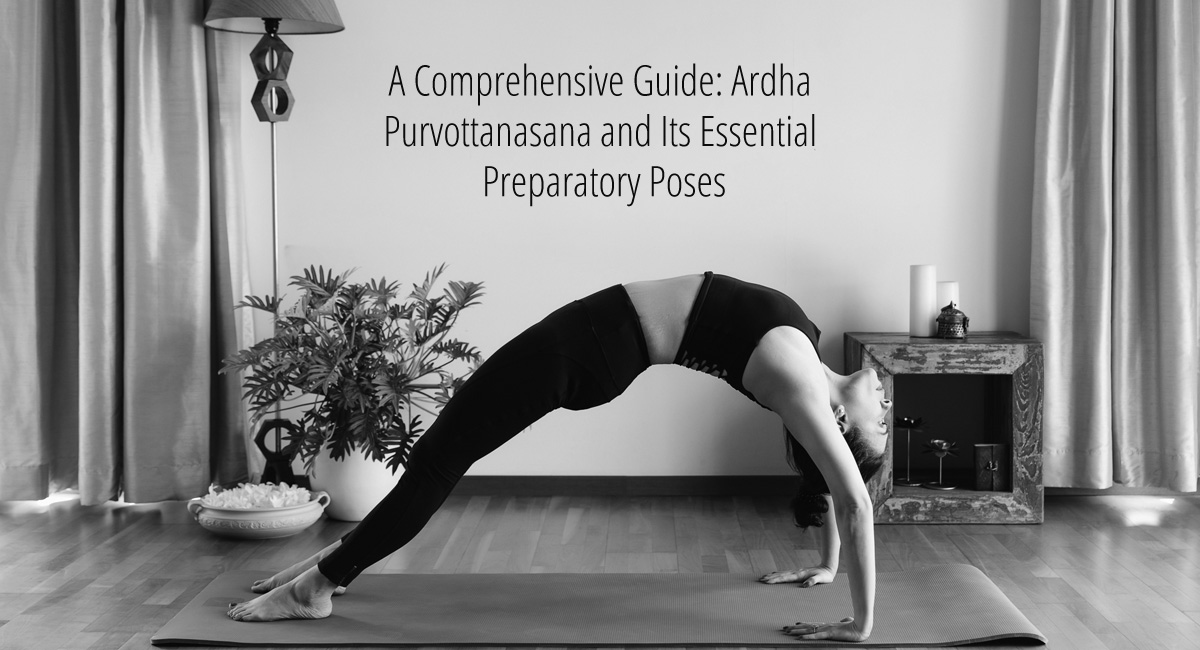
Mountain Pose: How to Do Tadasana
Table of Contents
What is Mountain Pose (Tadasana)?
Mountain Pose, known as Tadasana in the ancient language of Sanskrit, is a foundational yoga posture that embodies the grace and strength of a mountain. While it may appear deceptively simple, Tadasana is the cornerstone of many yoga practices, teaching fundamental principles of alignment, balance, and awareness. This asana, often overlooked in its simplicity, can be a transformative force in your yoga journey, offering benefits that extend far beyond the mat.
Tadasana encourages you to stand tall, like a mountain, with feet grounded firmly to the earth. It symbolizes the stable and unwavering nature of the self, serving as a reminder of your innate strength and poise, both on and off the yoga mat.
Benefits of Mountain Pose
Mountain Pose offers a wealth of benefits that may surprise those who see it as just a basic standing posture. These benefits encompass physical, mental, and even spiritual aspects of well-being:
Improved Posture: One of the most visible benefits of Tadasana is improved posture. As you align your body in this pose, you become more conscious of your spinal alignment, helping you carry yourself with grace and poise in your daily life.
Enhanced Balance: Regular practice of Mountain Pose enhances balance and coordination. The engagement of leg muscles and focus on the breath help develop a strong and stable foundation.
Strengthened Core: The subtle engagement of abdominal muscles in Tadasana supports and strengthens the core, contributing to better stability and protection for the spine.
Foot Arch Strength: By pressing the feet evenly into the ground and lifting the arches, Tadasana can alleviate flat feet and promote better foot health.
Increased Height: While it won’t make you physically taller, practicing Mountain Pose regularly can create the illusion of increased height by improving your posture.
Mind-Body Awareness: Tadasana encourages mindfulness by drawing your attention to the alignment of your body and your breath. It’s a moment to be fully present, fostering a deep mind-body connection.
Stress Reduction: The simplicity and stillness of Mountain Pose can be profoundly calming, reducing stress and promoting mental clarity. It provides a moment of reprieve in a fast-paced world.
Digestive Support: This pose can gently massage the abdominal organs, aiding digestion and alleviating minor discomfort.
Who can do Mountain Pose?
Mountain Pose is incredibly inclusive and accessible, making it suitable for people of all ages and fitness levels. Its simplicity is deceptive, as it provides a solid foundation for more advanced yoga postures. Whether you’re a yoga novice or an experienced practitioner, Tadasana is a pose that can be practiced with variations and modifications to suit individual needs.
This asana is particularly helpful for beginners who are new to yoga and are looking to establish a solid grounding in foundational postures. It is also a great starting point for those recovering from injuries or with physical limitations, as it is low-impact and gentle on the body. Pregnant individuals can benefit from the balance and posture improvement that Tadasana offers, with appropriate modifications as needed.
How to do Mountain Pose
Practicing Mountain Pose with mindful attention to detail is essential for reaping its full benefits. Here’s a step-by-step guide to performing Tadasana:
Step 1: Stand Tall
Begin by standing at the front of your yoga mat with your feet together. Let your arms hang naturally by your sides, with your palms facing forward.
Step 2: Distribute Your Weight
Distribute your weight evenly across both feet, ensuring a stable and balanced foundation. Engage your thigh muscles gently by lifting your kneecaps.
Step 3: Lengthen Your Tailbone
Inhale as you elongate your spine, imagining your tailbone extending down towards the floor. This action creates space in your lower back and maintains the natural curve of the spine.
Step 4: Engage Your Core
Activate your abdominal muscles by drawing your navel gently inwards towards your spine. This engagement provides stability and support for the lower back.
Step 5: Roll Your Shoulders Back
Roll your shoulder blades back and down, broadening your chest and opening your heart. Your arms should hang effortlessly at your sides.
Step 6: Soften Your Gaze
Keep your head in a neutral position, with your chin parallel to the floor. Soften your gaze by looking straight ahead, creating a sense of focus and concentration.
Step 7: Breathe Mindfully
Inhale deeply and exhale slowly and steadily. Pay attention to the rhythm of your breath as it flows in and out. Let your breath be a source of calm and grounding during this pose.
Maintain this posture for several breaths, grounding yourself like a mountain, strong and unwavering.
Modifications for beginners
For those new to yoga or with limited flexibility, making modifications to Mountain Pose can make it more accessible:
If you have difficulty balancing with your feet together, you can place your feet hip-width apart. This wider stance provides greater stability.
If you have tight shoulders or find it challenging to extend your arms by your sides, you can keep your hands on your hips.
To enhance balance and stability, you can perform the pose near a wall or use a chair for support. This can be particularly helpful for those who are still developing their balance.
Tips for practicing Mountain Pose
To deepen your experience and understanding of Mountain Pose, consider these tips:
Maintain Active Engagement: While Tadasana may appear static, actively engage your muscles. Keep your legs strong, your core gently activated, and your shoulders rolled back. This creates a sense of effort and stability.
Mindful Breath: Pay close attention to your breath as you hold the pose. Inhale deeply through your nose, allowing your chest to expand, and exhale fully through your mouth, releasing any tension.
Visualize Stability: Imagine yourself as a mountain while in this pose. Visualize the strength, stability, and groundedness of a mountain. This mental image can enhance your sense of steadiness.
Regular Practice: Include Mountain Pose in your daily routine, even outside of your formal yoga practice. Stand tall with awareness throughout your day to reinforce good posture and alignment.
Be Patient: The benefits of Tadasana may not be immediately apparent. It’s a pose that rewards consistent practice and patience. Over time, you’ll notice improvements in your posture and overall body awareness.
Conclusion
Mountain Pose, or Tadasana, is far more than a simple standing posture in yoga. It encapsulates the essence of strength, balance, and mindfulness. As you stand tall and steady in this pose, you are not merely grounding yourself physically but also mentally and emotionally. It serves as a reminder of the unwavering nature of your true self, capable of weathering life’s storms with grace.
Incorporating Mountain Pose into your yoga practice can be a transformative experience. It provides a strong foundation upon which you can build your practice, enhancing your posture, balance, and awareness. Through regular practice, you not only strengthen your physical body but also cultivate mindfulness and inner calm that extend beyond the mat, enriching your daily life.

I am a Pune based artist, Kathak dancer, Dance Movement Therapist, and an avid Yoga practitioner/ teacher. I am also the Director at the Sakal Media Group, a Trustee of Pune Blind School and Nirdhar Trust.
Being a part of Sakal Media Group, with its strong foundation of service and ethical journalism, I am deeply committed in making this world a better place by pushing boundaries, giving opportunities to others, following my convictions, helping others make better choices and to tell powerful stories that will help reshape the world we live in.





